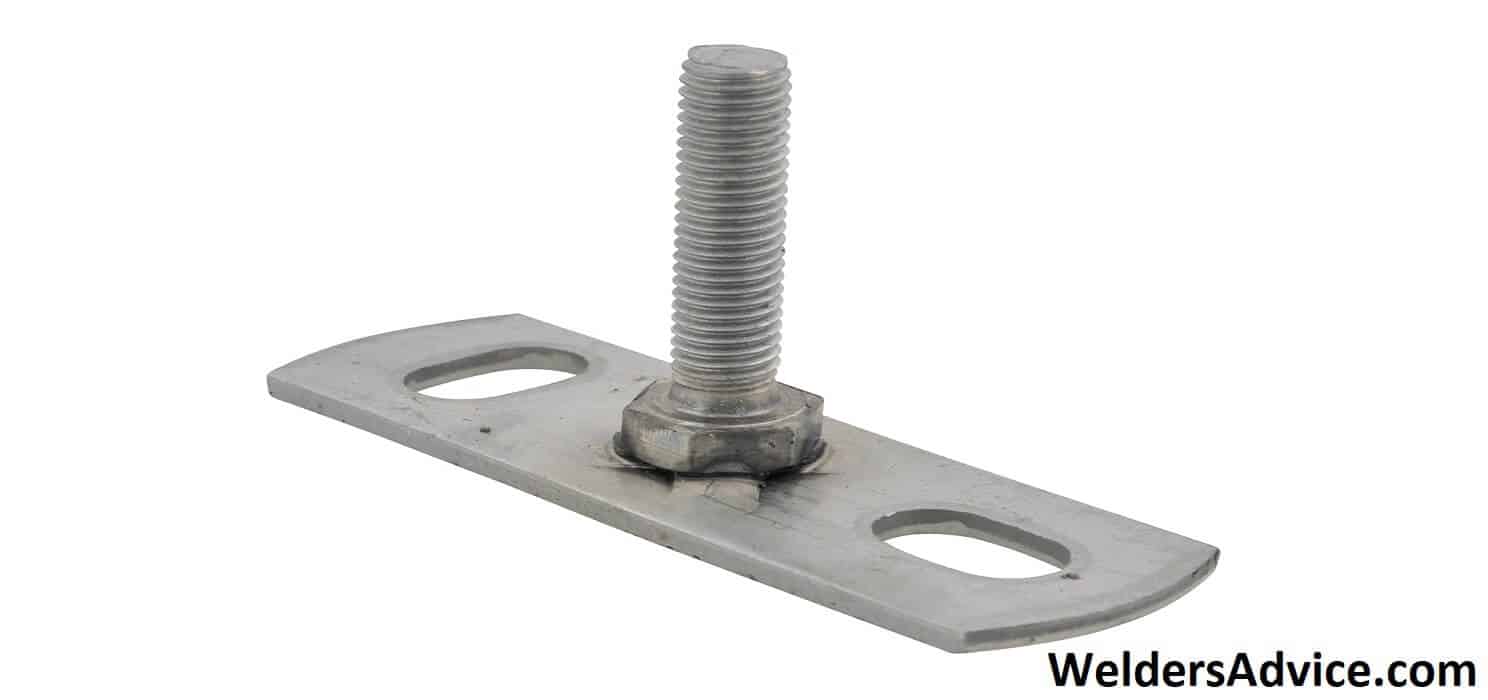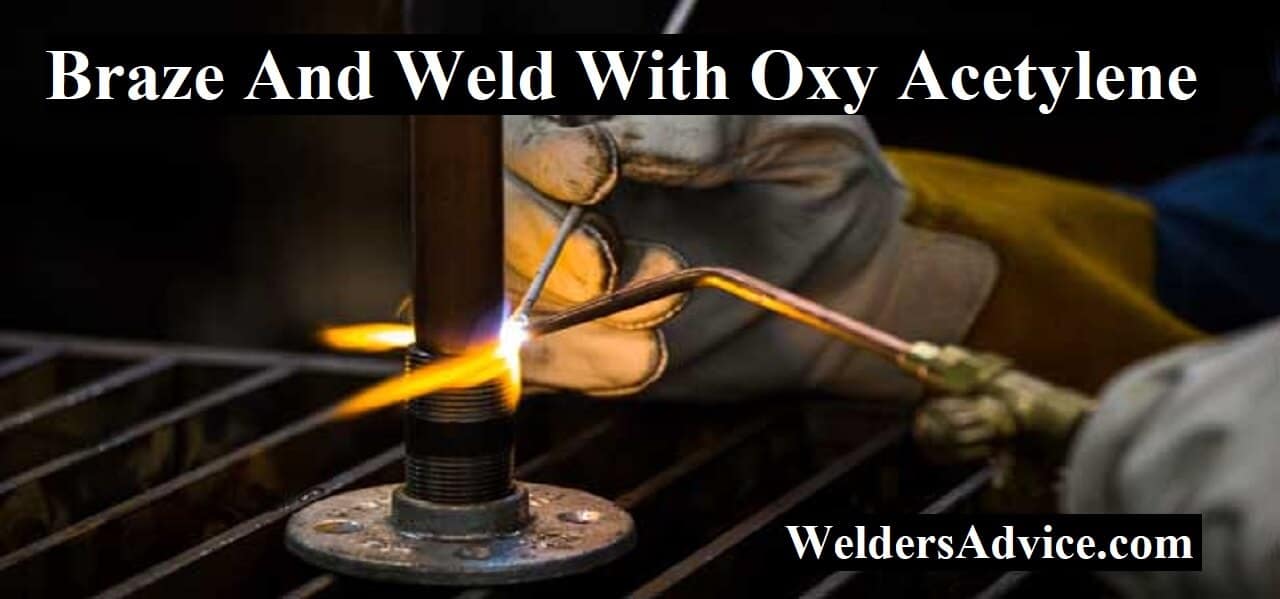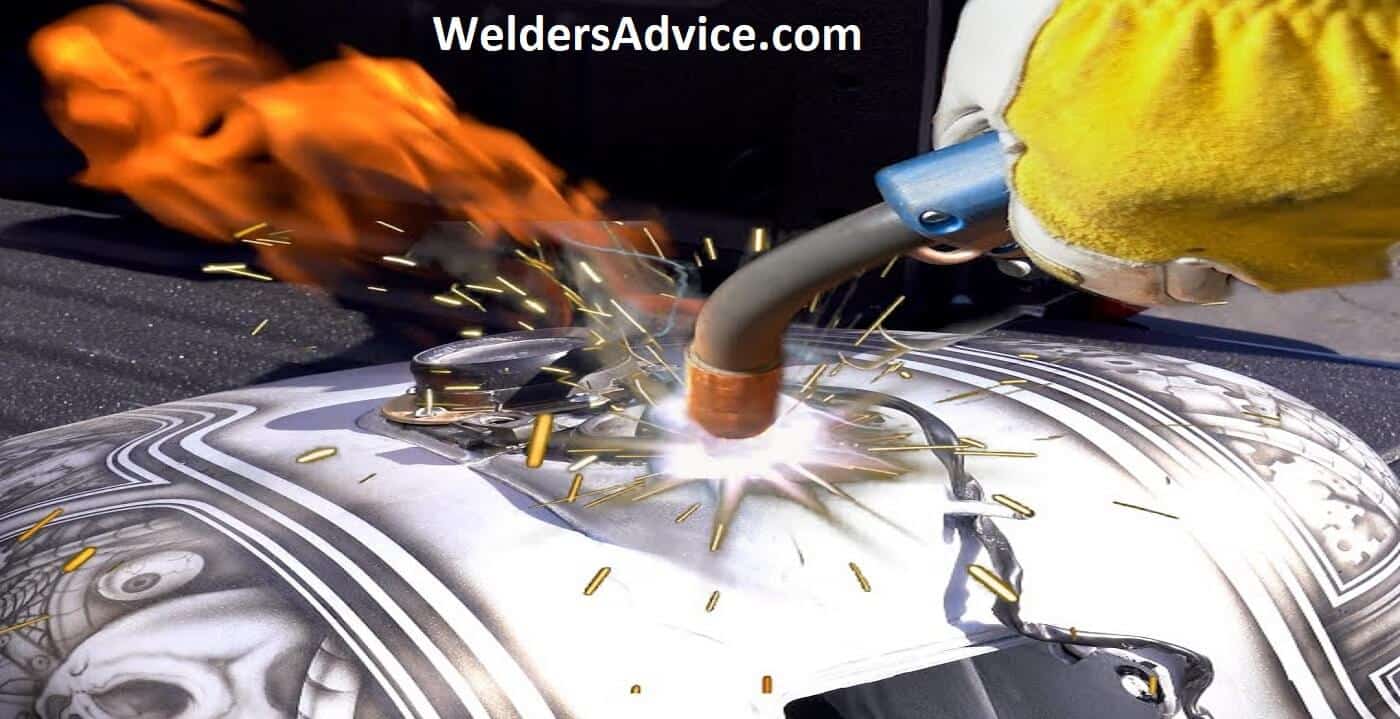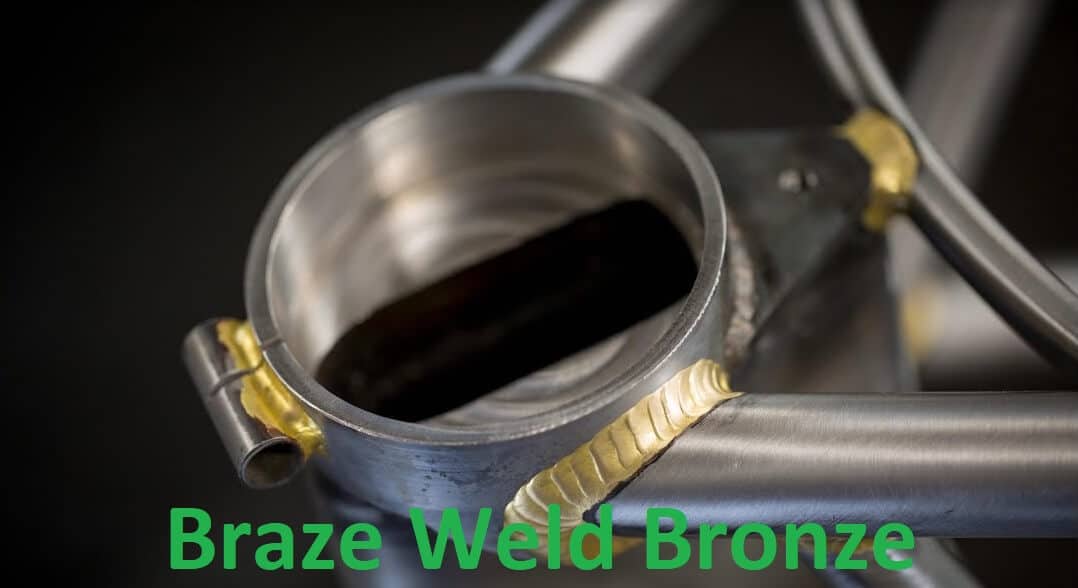To braze weld a bolt to a plate, you need to clean the surfaces thoroughly and use a torch to heat them before applying the brazing material. Brazing welding a bolt to a plate involves joining two metal parts using a filler metal called brazing material.
This method is commonly used in various industries, such as automotive and construction. However, it requires precise preparation and execution to ensure a strong, durable joint. Cleaning the surfaces and heating them with a torch are two essential steps to ensure a successful braze weld.
This article will provide you with a step-by-step guide on how to braze weld a bolt to a plate with ease. So, let’s get started.
- Understanding The Basics Of Brazing Welding Bolt To A Plate
- Tools And Materials Required For Brazing Welding Bolt To A Plate
- Step-By-Step Guide On How To Brazing Weld Bolt To A Plate
- Common Mistakes To Avoid While Brazing Welding Bolt To A Plate
- Frequently Asked Questions For How To Braze Weld Bolt To A Plate
- Can You Braze Weld Aluminum To Steel?
- What Is The Difference Between Brazing And Welding?
- Final Thoughts on Braze Weld Bolt to a Plate
Understanding The Basics Of Brazing Welding Bolt To A Plate
Brazing welding is a process of joining two metals together using a third filler metal that melts at a lower temperature than the base metals. Compared to traditional welding, brazing welding offers numerous benefits, including increased strength, improved corrosion resistance, and reduced distortion.
The fundamental principle of brazing welding lies in selecting suitable materials that can be joined together. Generally, materials with different melting points are used during brazing welding. Before brazing, prepare the surface by cleaning it thoroughly to remove any contaminants.
Once the surface is cleaned, apply flux to aid in the bonding process. When it comes to selecting a torch, it is essential to choose a suitable one depending on the workpiece. Brazing welding is an excellent technique to join dissimilar metals and is often used in the aerospace, automotive, and plumbing industries.
Tools And Materials Required For Brazing Welding Bolt To A Plate
Brazing welding bolts to plates is a common task in metalworking. To begin this process, you will need several tools and materials. First, you need brazing welding rods and fluxes. These rods are made of different metals and have diverse melting points.
A comprehensive understanding of torches is vital because they impact the brazing process significantly. Different torches produce different flames, which affect the weld’s quality. Safety gear is crucial when brazing welding. A safety helmet and goggles protect the eyes from bright light and heat, while gloves prevent direct contact with high temperatures.
Lastly, it’s essential to use caution when handling these materials, primarily due to the high heat generated.
Step-By-Step Guide On How To Brazing Weld Bolt To A Plate
Before brazing welding a bolt to a plate, you need to make sure the metals are well prepared. Clear rust, oil, and grease by using an anti-spatter compound. Use a wire brush to scrub the metals while wearing protective gear.
Assemble the metals where you want to attach the bolt to the plate. Before brazing, make sure you have a brazing torch and gas cylinder, a regulator, and heat-resistant gloves. You also need to ensure proper ventilation. It’s time to heat the metals and apply the brazing material when the torch flame covers the metal.
When brazing, make sure you have a good flow of material and finish off with a brazing fillet.
Common Mistakes To Avoid While Brazing Welding Bolt To A Plate
Brazing welding bolt to a plate is a delicate process, and common mistakes can ruin the outcome. One such mistake is over-fluxing or under-fluxing, leading to poor adhesion. Heat application is also tricky, often leading to uneven brazing. However, these mistakes can be rectified by fixing the flux amount and adjusting the heat application.
It is important to understand that brazing mistakes are common, and the best approach is to avoid them in the first place. This can be achieved by following proper techniques and using the right equipment. To avoid common mistakes when brazing welding bolts to a plate, close attention to flux and heat application is critical.
Ensure to use the right tools and techniques and avoid repeating common errors.
Frequently Asked Questions For How To Braze Weld Bolt To A Plate
How Do You Braze Weld A Bolt To A Plate?
To braze weld a bolt to a plate, first, clean the surfaces to be joined, load brazing filler in the joint, apply heat uniformly to the joint, and join both components.
What Are The Materials Required For Brazing?
Materials required for brazing include a brazing rod, flux, heat source, protective gear, and the joint to be brazed.
What Is The Best Heat Source For Brazing?
The best heat source for brazing depends on the size of the joint and the temperature required. A gas flame, electric resistance furnace, or induction heater can be used.
Can You Braze Weld Aluminum To Steel?
Yes, you can braze weld aluminum to steel using the appropriate braze filler metals and flux. The process requires careful control of the heating, cooling, and use of a flux that is suitable for aluminum and steel.
What Is The Difference Between Brazing And Welding?
Brazing and welding are similar techniques used to join two metals. The difference is that brazing uses a lower temperature to melt a brazing filler metal that flows into the joint, while welding uses higher temperature to melt the base metals to join them together.
Final Thoughts on Braze Weld Bolt to a Plate
Brazing is a technique that allows you to join bolt and plate with a strong and durable bond. It involves heating the metal pieces to a temperature above their melting point and then adding a filler material that fuses them together.
With the right tools and techniques, you can easily braze weld your bolts to plates and achieve a smooth and secure connection. Remember to clean the surfaces of the metal pieces thoroughly before brazing, and use safety gear like gloves and goggles to protect yourself.
By following the steps outlined in this article, you can ensure that your brazed joints will be strong, long-lasting, and able to withstand the forces they will encounter. With practice and patience, you can become proficient in brazing and use this technique for a wide range of projects.
So go ahead and put your newfound skills to the test!





